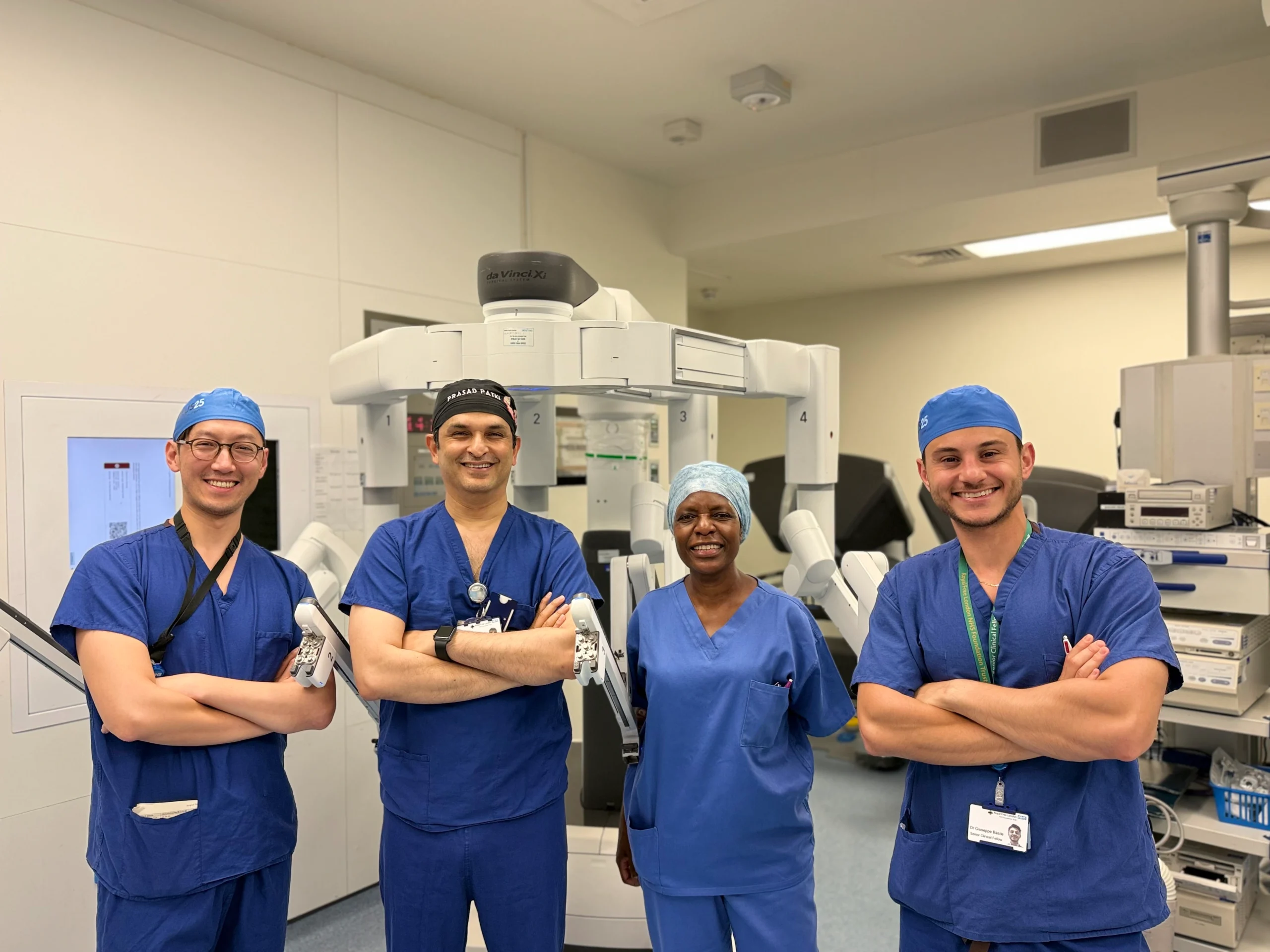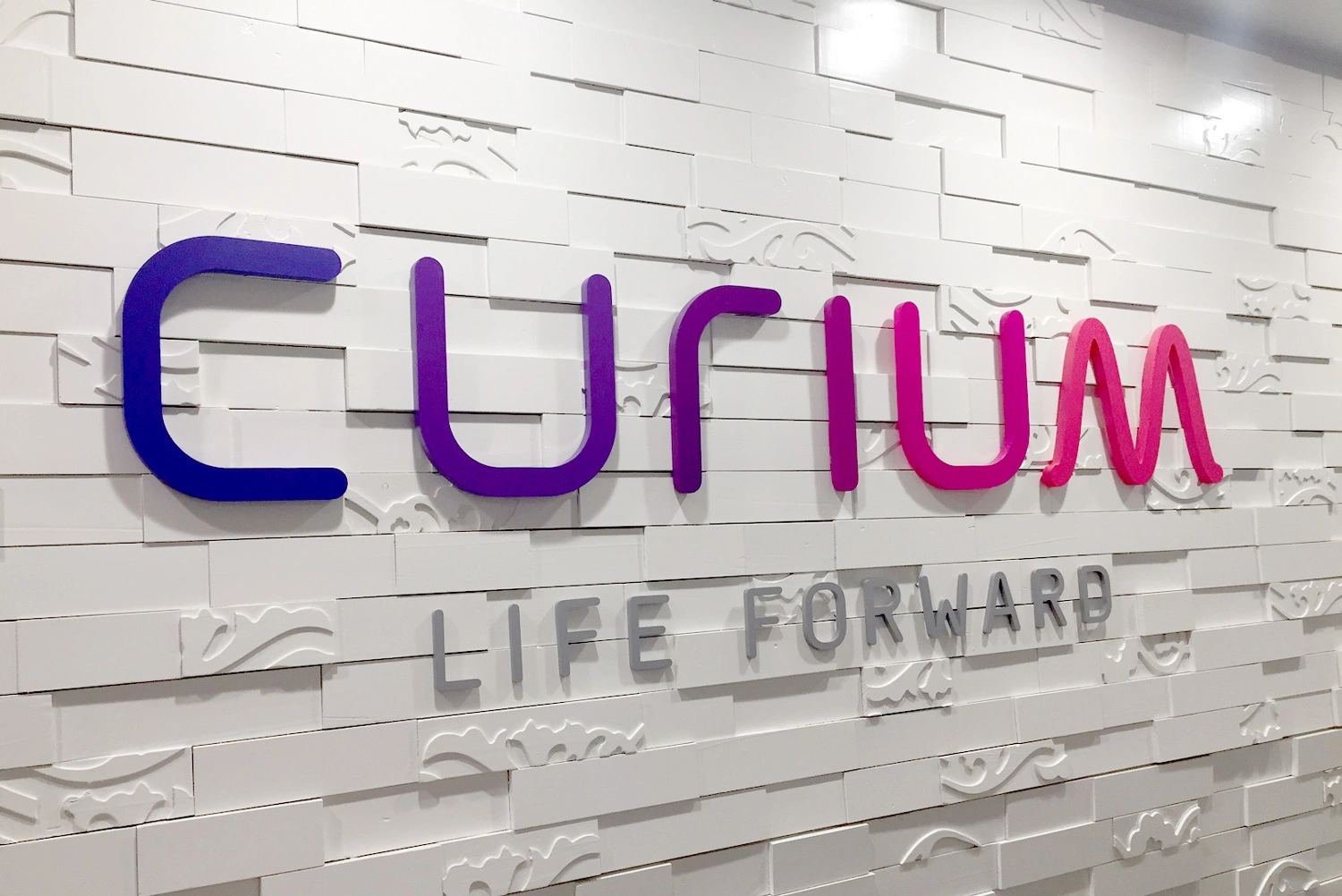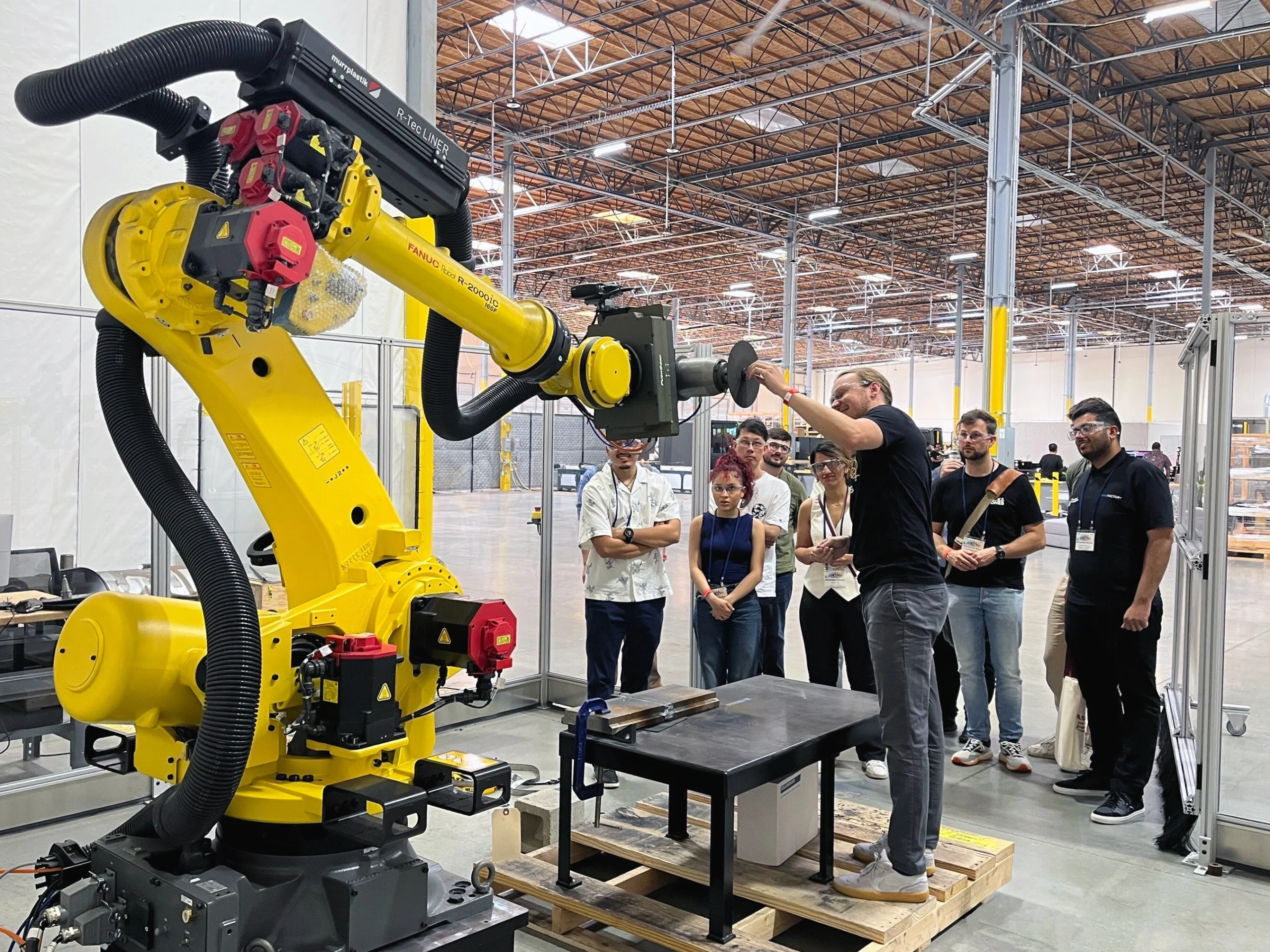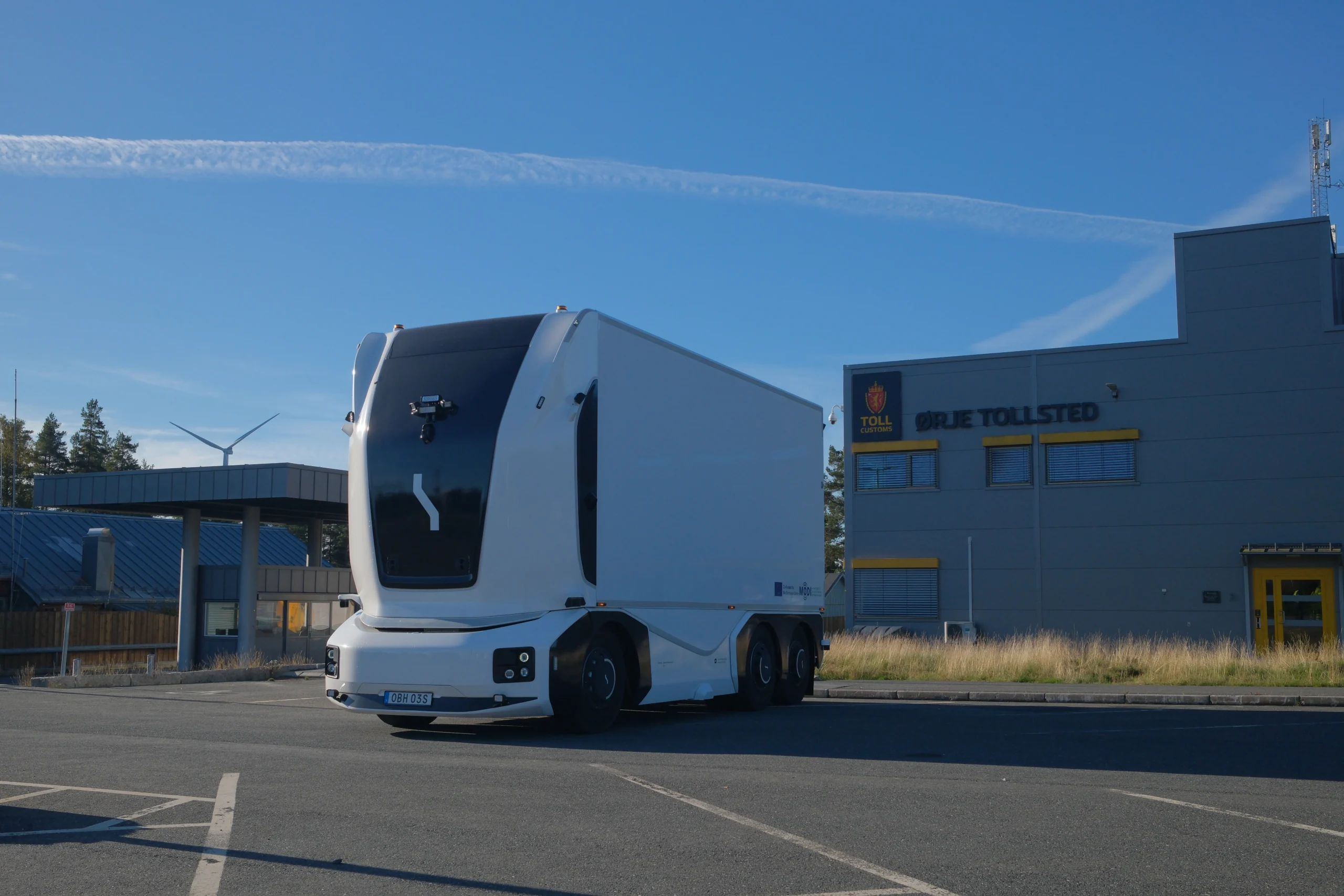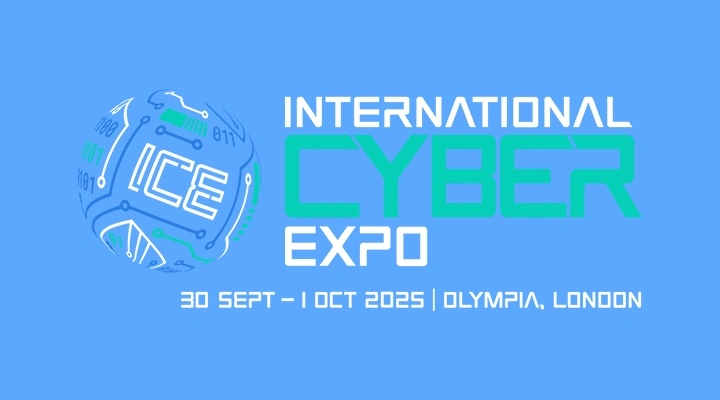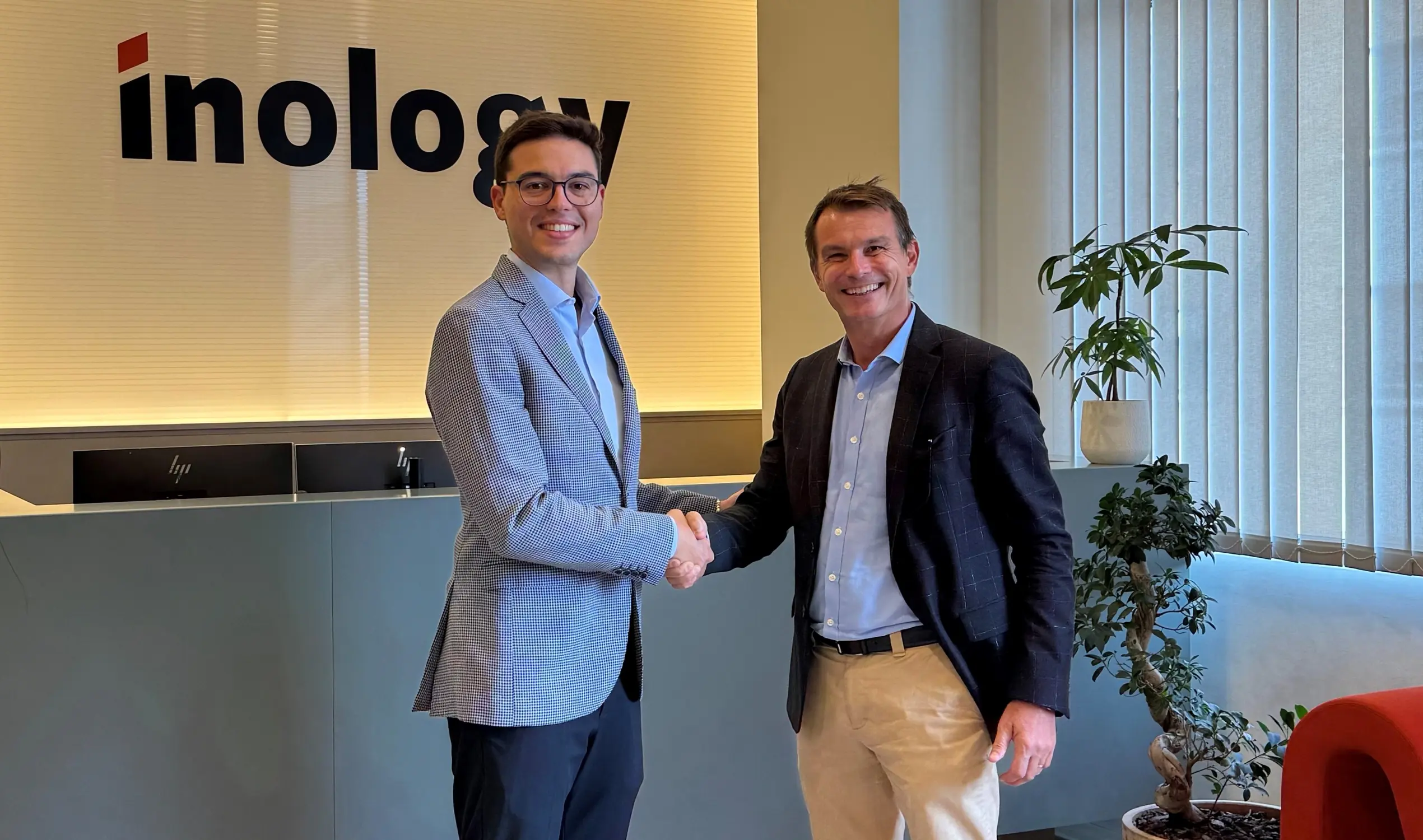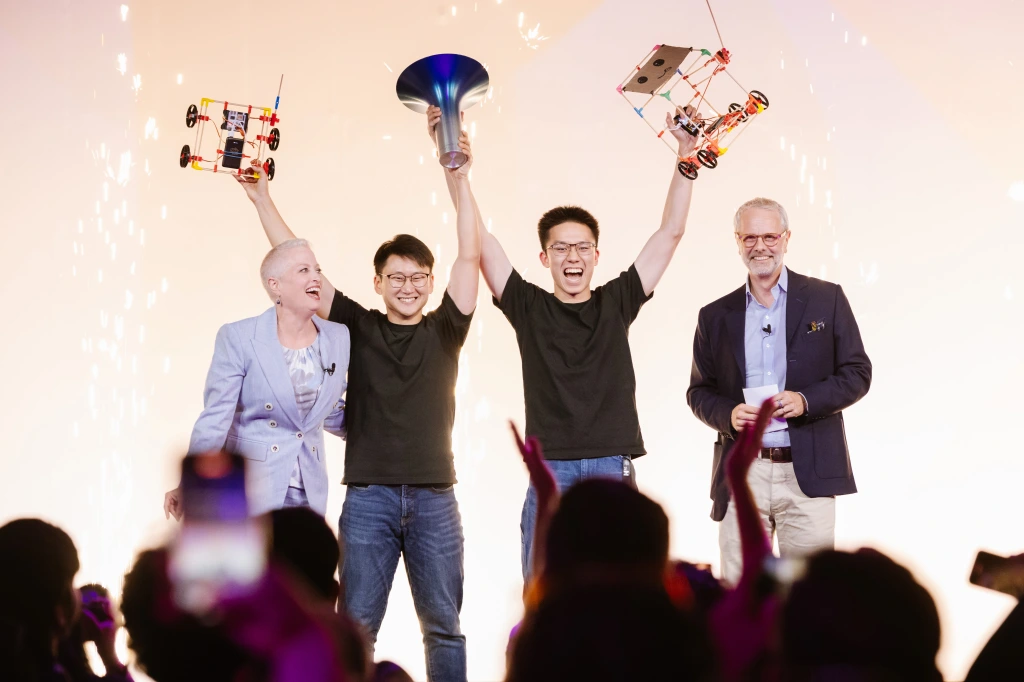The race for autonomous vehicles

John E. Kaye
- Published
- Home, Technology
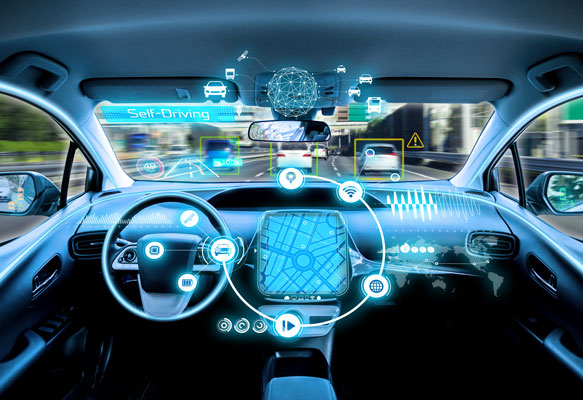
Autonomous vehicles, commonly known as self-driving cars, are now a reality. They are being used for commercial purposes. The term “pilot phase” is still being used, but millions of successful miles have been logged by autonomous vehicles.
The fundamental business model of the autonomous vehicle industry is that the automakers’ partner with tech companies and financing for the project is done by investment banks/companies.
Fiat Chrysler Automobiles, USA has partnered with Waymo, a subsidiary of Alphabet Inc (parent company of Google). Chrysler manufactures its minivans in partnership with Waymo. Waymo uses Chrysler’s minivans to serve customers of Walmart, rent-a-car companies, car maintenance companies etc. For example, customers of Walmart (selected cities in Arizona) place their orders online. Waymo’s self-driving cars transport the customer to the Walmart store to pick-up their grocery and drop them back at their homes. Walmart is planning to extend this service to other cities and states.
Waymo states on its website that “9 million miles have been self-driven” by using its tech and that “25,000 autonomous miles are logged each day” by its autonomous vehicle fleet.
General Motors created a separate division, GM Cruise, to develop autonomous vehicles. Its operations hit a snag. SoftBank of Japan came to the rescue and is now financing the project.
In a recent development in the autonomous vehicle industry, Reuters reported on 4 October 2018,
“Toyota Motor Corp and SoftBank Group Corp said they will team up to develop car services that rely on self-driving technology, such as hospital shuttles, as they envision a future in which fewer people drive their own vehicles”.
This joint venture will start with Japanese yen 2 billion (US $17.5 million). SoftBank will be the majority owner of this venture. The project has been named “MONET”.
Commenting on this joint venture, Junichi Miyakawa, Chief Technology Officer at SoftBank Corp (who will be the CEO of the new company) said,
“SoftBank alone and automakers alone can’t do everything. We want to work to help people with limited access to transportation.”
Toyota President Akio Toyoda said,
“We are trying to take the traditional car making into new fields. We realized that Softbank shares the same vision when it comes to the future of cars, so it’s time that we partner together.”
It is pertinent to mention here that SoftBank has its own autonomous vehicle unit, SB Drive, which has been developing self-driving technology for buses.
MONET is aimed for commercial use like meal deliveries, shuttle buses as well as vehicles that offer onboard medical examinations. Toyota has been developing a service called “e-Palette” based on this concept. Amazon.com Inc, Didi, Uber and Pizza Hut are early partners in the project.
With Project MONET, Toyota plans to use the “e-Palette” service to ship athletes and guests during the 2020 Tokyo Olympics.
In another development related to a Japanese automaker, Honda Motor Co Ltd is willing to invest US $2.75 billion and take a 5.7 percent stake in General Motors Co’s “Cruise” self-driving vehicle unit. As mentioned earlier, SoftBank has also invested in “Cruise”.
This shows that the Japanese are ramping up the competition in the autonomous vehicle industry. American dominance is being challenged by Japanese investment conglomerates and auto manufacturers.
The future of autonomous vehicles
The future is bright for the autonomous vehicle industry. The partnerships between self-driving vehicle manufacturers and goods/service providers are gaining traction. Ridesharing services, big retailers, emergency service providers are the major beneficiaries.
For ridesharing services, self-driving vehicles are a revolution. Users can request a ride and type their destination on their App while computer systems of ridesharing company work at the back-end to search for other riders who can also be served on that route. The car fleet sizes will decrease and the customer base will increase. It will take time for reaching the optimal revenue mix, but it is not a dream anymore.
Emergency service providers will be able to focus on hiring emergency service personnel rather than stretching their resources to maintain a large team of drivers.
There are many commercial use cases of autonomous vehicles. However, individual car buyers might have to wait till year 2020 for clarity on road safety regulations.
Sign up to The European Newsletter
RECENT ARTICLES
-
 Make boards legally liable for cyber attacks, security chief warns
Make boards legally liable for cyber attacks, security chief warns -
 AI innovation linked to a shrinking share of income for European workers
AI innovation linked to a shrinking share of income for European workers -
 Europe emphasises AI governance as North America moves faster towards autonomy, Digitate research shows
Europe emphasises AI governance as North America moves faster towards autonomy, Digitate research shows -
 Surgeons just changed medicine forever using hotel internet connection
Surgeons just changed medicine forever using hotel internet connection -
 Curium’s expansion into transformative therapy offers fresh hope against cancer
Curium’s expansion into transformative therapy offers fresh hope against cancer -
 What to consider before going all in on AI-driven email security
What to consider before going all in on AI-driven email security -
 GrayMatter Robotics opens 100,000-sq-ft AI robotics innovation centre in California
GrayMatter Robotics opens 100,000-sq-ft AI robotics innovation centre in California -
 The silent deal-killer: why cyber due diligence is non-negotiable in M&As
The silent deal-killer: why cyber due diligence is non-negotiable in M&As -
 South African students develop tech concept to tackle hunger using AI and blockchain
South African students develop tech concept to tackle hunger using AI and blockchain -
 Automation breakthrough reduces ambulance delays and saves NHS £800,000 a year
Automation breakthrough reduces ambulance delays and saves NHS £800,000 a year -
 ISF warns of a ‘corporate model’ of cybercrime as criminals outpace business defences
ISF warns of a ‘corporate model’ of cybercrime as criminals outpace business defences -
 New AI breakthrough promises to end ‘drift’ that costs the world trillions
New AI breakthrough promises to end ‘drift’ that costs the world trillions -
 Watch: driverless electric lorry makes history with world’s first border crossing
Watch: driverless electric lorry makes history with world’s first border crossing -
 UK and U.S unveil landmark tech pact with £250bn investment surge
UK and U.S unveil landmark tech pact with £250bn investment surge -
 International Cyber Expo to return to London with global focus on digital security
International Cyber Expo to return to London with global focus on digital security -
 Cybersecurity talent crunch drives double-digit pay rises as UK firms count cost of breaches
Cybersecurity talent crunch drives double-digit pay rises as UK firms count cost of breaches -
 Investors with €39bn AUM gather in Bologna to back Italy’s next tech leaders
Investors with €39bn AUM gather in Bologna to back Italy’s next tech leaders -
 Axians and Nokia expand partnership to strengthen communications infrastructure across EMEA
Axians and Nokia expand partnership to strengthen communications infrastructure across EMEA -
 Forterro buys Spain’s Inology to expand southern Europe footprint
Forterro buys Spain’s Inology to expand southern Europe footprint -
 Singapore student start-up wins $1m Hult Prize for education platform
Singapore student start-up wins $1m Hult Prize for education platform -
 UK businesses increase AI investment despite economic uncertainty, Barclays index finds
UK businesses increase AI investment despite economic uncertainty, Barclays index finds -
 Speed-driven email security: effective tactics for phishing mitigation
Speed-driven email security: effective tactics for phishing mitigation -
 Short circuit: humanoids go for gold at first 'Olympics for robots'
Short circuit: humanoids go for gold at first 'Olympics for robots' -
 New IBM–NASA AI aims to forecast solar flares before they knock out satellites or endanger astronauts
New IBM–NASA AI aims to forecast solar flares before they knock out satellites or endanger astronauts -
 AI is powering the most convincing scams you've ever seen
AI is powering the most convincing scams you've ever seen




